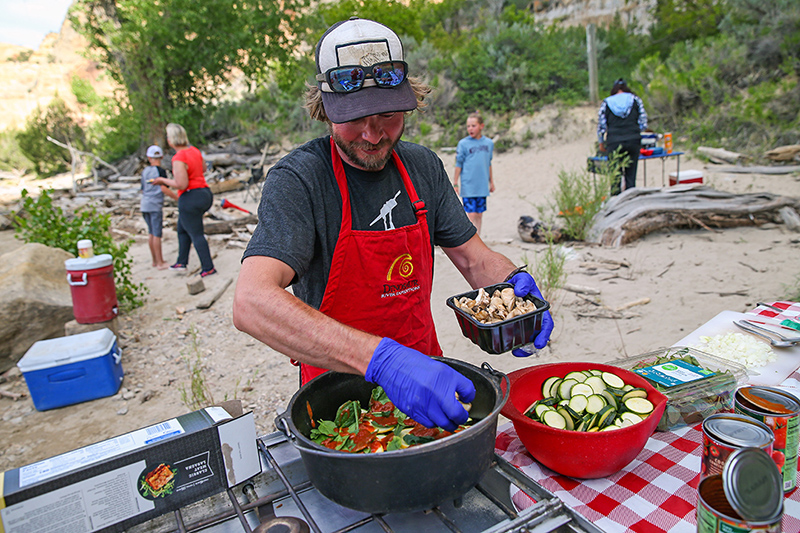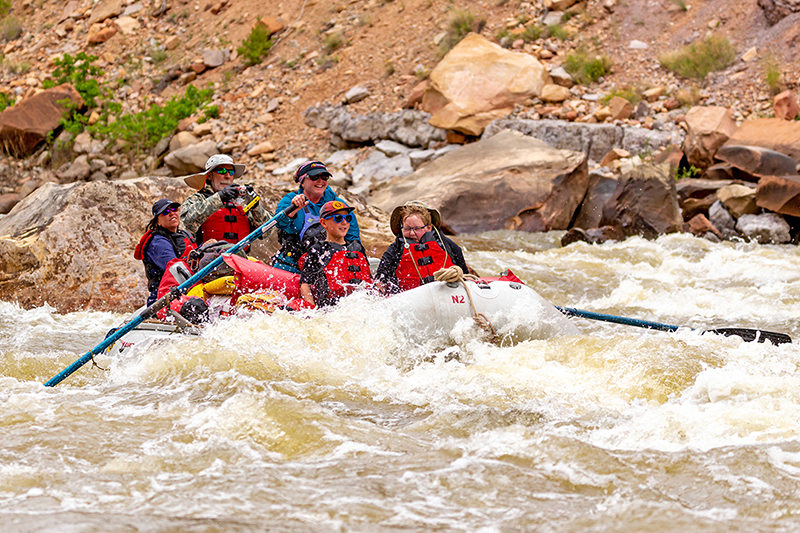Standing on the banks of the Green River staring at the rocks strewn throughout Disaster Falls rapid, one can’t help but think of the man who named it. Indeed, as your eye is drawn downstream to look at No Name island, you can practically see John Wesley Powell trying to salvage the wreck of his wooden boat of the same name. In the summer of 1869 Powell led an expedition down the Green and Colorado rivers in four Whitehall Boats. These were large wooden freight boats, excellent at speeding through the chop of a harbor, but the whitewater of Lodore Canyon demanded maneuverability. As you return to your rubber raft, you hope not to end up on that island or one of the numerous rocks that add to the difficulty of the rapid. Of course, bumping off one of the many boulders in the rapid is not as disastrous in a rubber boat. In fact, what was once a harrowing experience in Powell’s day is now undertaken as a thrilling ride.
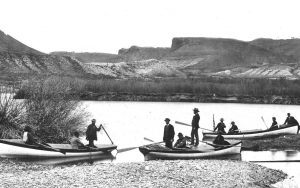
When talking about the history of river running, it’s impossible not to talk about Bus Hatch. Bus was irreversibly drawn to river running when he met a man named Parley Galloway in 1929. Galloway, a prisoner at the time, had learned to build boats from his father – a legend in Vernal in his own right. Galloway’s father had pioneered a new river running technique in 1880’s. Instead of pulling on the oars, he faced forward and pushed a boat of his own design through the rapids. With some instruction from Galloway and a boat of his design, Bus and a company of three others set out from just below Flaming Gorge. Though their Galloway boat was of better design than Powell’s Whitehall’s, they still had their fair share of what the river community today would call “carnage”. Bus portaged Disaster Falls and chose to run Hell’s Half Mile. Unsuccessfully. Their boat capsized, and they lost a lot of their supplies. They managed to salvage an onion, some potatoes, and the boat. Four days later, a little hungry but no worse for wear, they finished the journey below Split Mountain, their adventure was over eighty miles. It was 1931 when Bus took that exploratory first trip. Over the next few years Bus took passengers for hire, and through successes and mishaps he never lost a client. In 1934, Bus ran his first trip through the Grand Canyon. By the 1960’s he had turned a humble undertaking into offices in Idaho, Utah, and Arizona. He continued running rivers until his death in 1967.
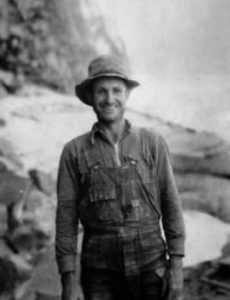
Certainly, though Bus wasn’t the only one to revolutionize river running. In 1945 Georgie White swam from Diamond Creek, a rapid at mile 226 in the Grand Canyon, down to Lake Mead, a distance of 60 miles. White would go on to be the first woman to row through Marble and the Grand Canyons in 1952. Using army surplus rubber rescue rafts, White lashed three together and began her own operation. Ever the eccentric, and with controversial practices, White nevertheless ran a successful operation for 45 years. Like Bus, Georgie ran rivers right up until the end of her life in 1992.
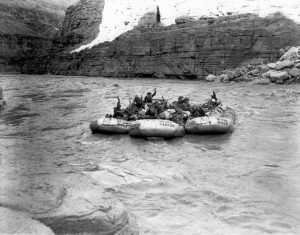
Today river running is a global, multibillion-dollar industry. And not just for thrill seekers, more and more people are discovering what the river has to offer. A river trip is perfect for outdoorsmen of all kinds, from those who want to enjoy the tranquility of nature, wildlife fanatics, and adrenaline junkies alike. As long as there are rivers, rafting has a future.
